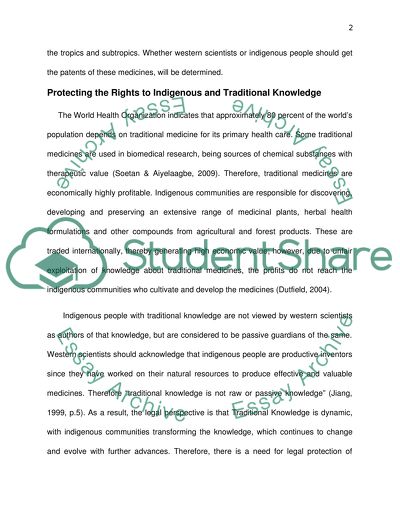Cite this document
(“Rights and Ethics in the Patenting of Medicine Essay - 1”, n.d.)
Rights and Ethics in the Patenting of Medicine Essay - 1. Retrieved from https://studentshare.org/health-sciences-medicine/1576338-patents-on-medicine-who-should-get-the-patents-scientists-or-indigenous-people
Rights and Ethics in the Patenting of Medicine Essay - 1. Retrieved from https://studentshare.org/health-sciences-medicine/1576338-patents-on-medicine-who-should-get-the-patents-scientists-or-indigenous-people
(Rights and Ethics in the Patenting of Medicine Essay - 1)
Rights and Ethics in the Patenting of Medicine Essay - 1. https://studentshare.org/health-sciences-medicine/1576338-patents-on-medicine-who-should-get-the-patents-scientists-or-indigenous-people.
Rights and Ethics in the Patenting of Medicine Essay - 1. https://studentshare.org/health-sciences-medicine/1576338-patents-on-medicine-who-should-get-the-patents-scientists-or-indigenous-people.
“Rights and Ethics in the Patenting of Medicine Essay - 1”, n.d. https://studentshare.org/health-sciences-medicine/1576338-patents-on-medicine-who-should-get-the-patents-scientists-or-indigenous-people.


